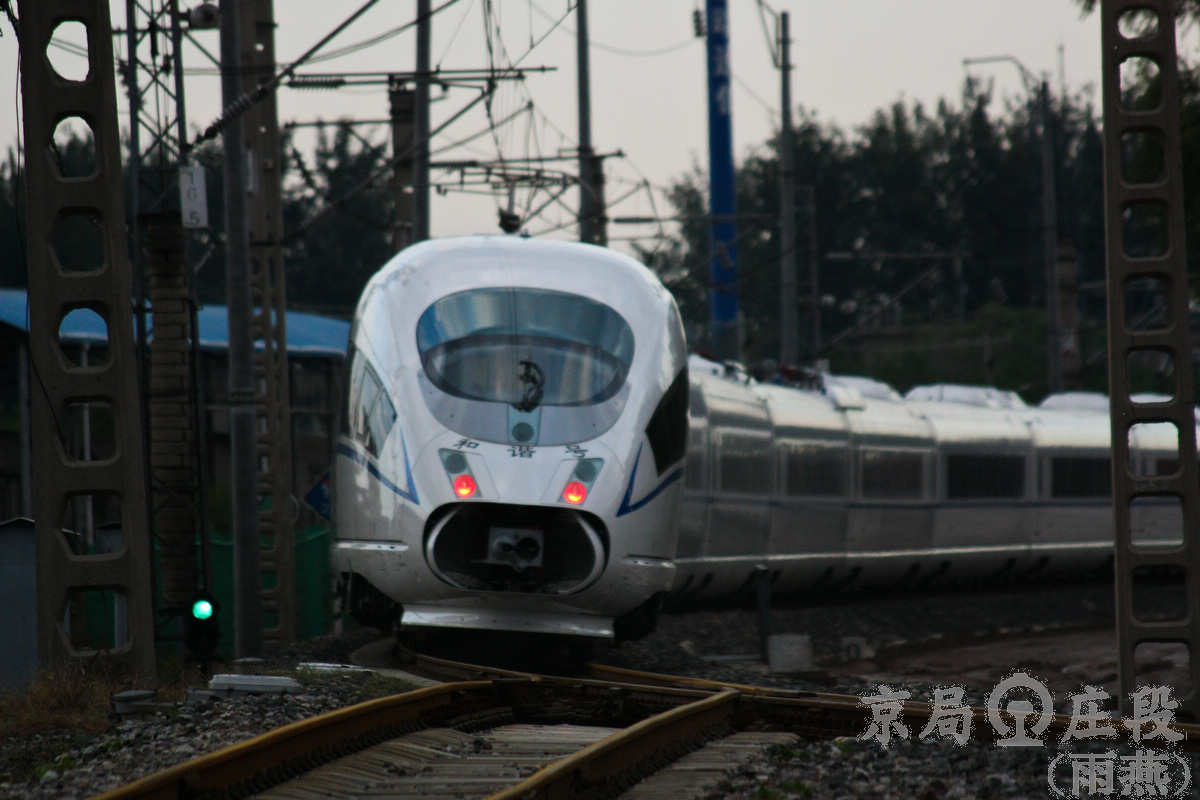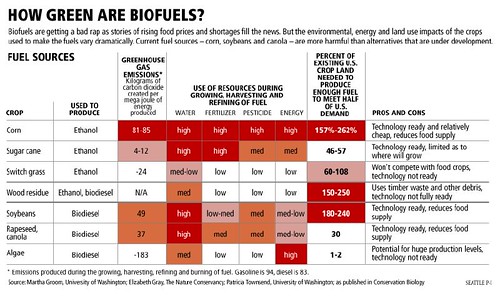Selling High-Speed Rail to the skeptics – USDOT Sec. Ray LaHood talks about strategy and benefits of HSR investments
(Source: Fastlane – Sec. Ray LaHood’s Blog)
U.S. Transportation Secretary Ray LaHood today announced $2 billion in high-speed rail awards providing an unprecedented investment to speed up trains in the Northeast Corridor, expand service in the Midwest and provide new, state-of-the-art locomotives and rail cars as part of the Administration’s plan to transform travel in America. Shortly after making this announcement, he spoke to the financial media house, CNBC, about how these investments in high-speed rail investments are distributed and how they will benefits the various states that received this huge bonanza.
Twenty-four states, the District of Columbia and Amtrak submitted nearly 100 applications, competing to be part of an historic investment that will create tens of thousands of jobs, improve mobility and stimulate American manufacturing. Here is an excerpt from the USDOT presser outlining the details of this disbursement:
The Department’s Federal Railroad Administration selected 15 states and Amtrak to receive $2.02 billion for 22 high-speed intercity passenger rail projects as part of a nationwide network that will connect 80 percent of Americans to high-speed rail in 25 years. The dedicated rail dollars will:
- Make an unprecedented investment in the Northeast Corridor (NEC), with $795 million to upgrade some of the most heavily-used sections of the corridor. The investments will increase speeds from 135 to 160 miles per hour on critical segments, improve on-time performance and add more seats for passengers.
- Provide $404.1 million to expand high-speed rail service in the Midwest. Newly constructed segments of 110-mph track between Detroit and Chicago will save passengers 30 minutes in travel time and create nearly 1,000 new jobs in the construction phase. Upgrades to the Chicago to St. Louis corridor will shave time off the trip, enhance safety and improve ridership.
- Boost U.S. manufacturing through a $336.2 million investment in state-of-the-art locomotives and rail cars for California and the Midwest. “Next Generation” rail equipment will deliver safe, reliable and high-tech American-built vehicles for passenger travel.
- Continue laying the groundwork for the nation’s first 220-mph high-speed rail system in California through a $300 million investment, extending the current 110 mile segment an additional 20 miles to advance completion of the Central Valley project, the backbone of the Los Angeles to San Francisco corridor.
Nearly 100 percent of the $2.02 billion announced today will go directly to construction of rail projects, bringing expanded and improved high-speed intercity passenger rail service to cities in all parts of the country. Thirty-two states across the U.S. and the District of Columbia are currently laying the foundation for high-speed rail corridors to link Americans with faster and more energy-efficient travel options.





![Reblog this post [with Zemanta]](http://img.zemanta.com/reblog_e.png?x-id=b8a76a6a-5f70-49fb-ba13-b130e5b21ffc)




